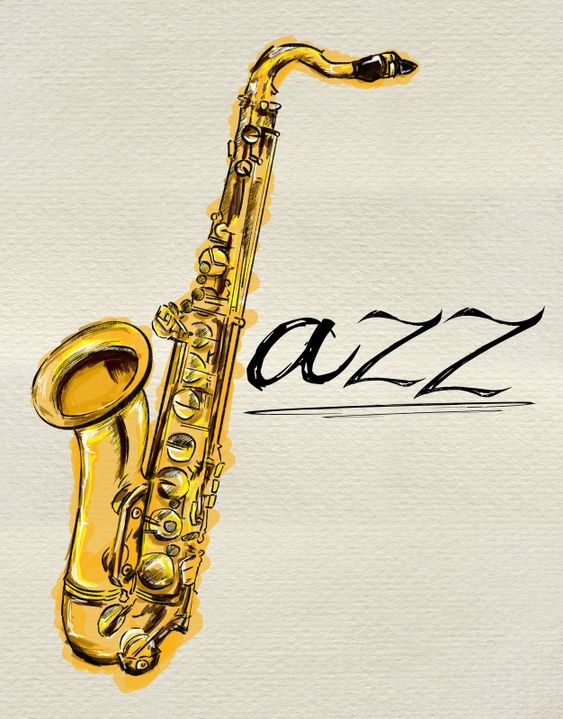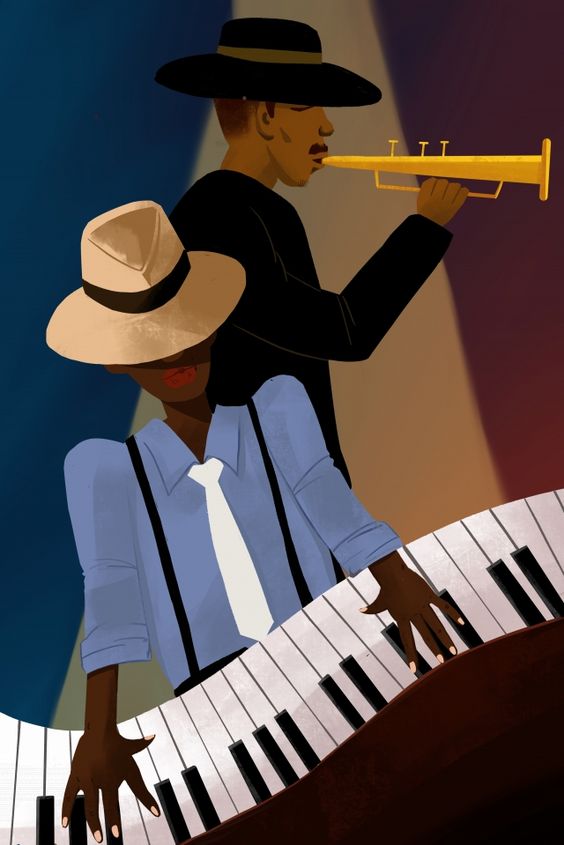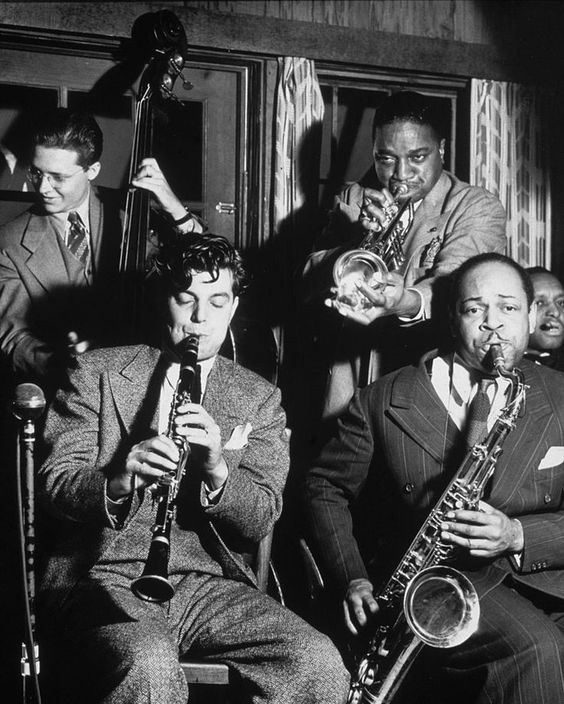

Jazz histoty has its roots in the United States and since it became popular, it became known as a harmonically sophisticated and quite sonically attractive musical genre. Jazz, since its beginnings, has been a type of music based on improvisation and, in addition, it became an American musical tradition. The history of jazz is short, but it opened the way to create musical fusions with different genres.
Jazz, a musical genre born in the United States at the end of the 19th century, is an amalgam of diverse cultural and musical influences. Its origins can be traced back to African-American communities in New Orleans, fusing elements of African music, European musical tradition, and the improvisations characteristic of American popular music. As the 20th century progressed, jazz expanded and evolved, adopting different styles such as swing, bebop, cool jazz, and free jazz. In the 1920s, jazz gained popularity in nightclubs and dance halls, marking an era known as the "Jazz Age." Great musicians such as Louis Armstrong, Duke Ellington, and Benny Goodman became iconic figures in this genre, bringing jazz to a wider and more diverse audience. Improvisation, rhythmic syncopation and experimentation were fundamental pillars of this period. In the decades that followed, jazz continued to evolve with artists such as Miles Davis, John Coltrane, and Thelonious Monk, who expanded the boundaries of the genre, incorporating elements from other musical forms and exploring new techniques. Jazz also merged with other musical styles, giving rise to subgenres such as jazz fusion, Latin jazz, and jazz funk, thus maintaining its relevance and diversity in the global music scene. Today, jazz continues to be an influential and diverse musical form, with a rich history and a community of musicians who continue to explore its limits, fuse styles, and preserve its innovative and creative spirit.

